ASX braces itself as global share markets take a massive hit on the back of China’s economic slowdown
THE market turmoil of recent days is likely to push the Australian dollar lower and could even spark another rate cut, as the ASX reversed well over half of its horror four per cent losses.
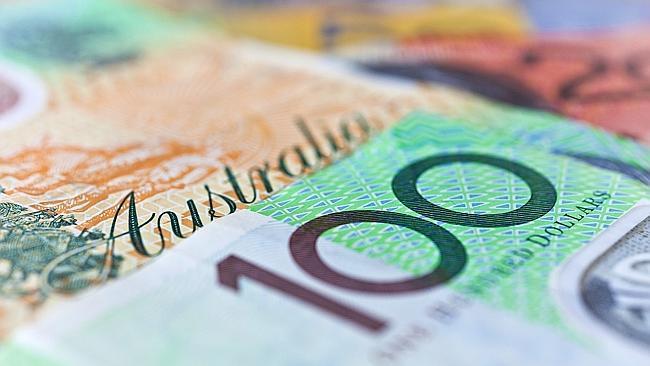
THE market turmoil of recent days is likely to push the Australian dollar lower and could even spark another rate cut.
Plunges on China’s share market amid fears about the strength of the world’s second largest economy caused the biggest falls on the local share market in six and a half years on Monday, and the Australian dollar threatened to break below 70 US cents.
Concerns about Australia’s top trading partner also caused the futures market to bet on another interest rate cut by the Reserve Bank, with one in February now fully priced in.
That’s in contrast to earlier expectations that the RBA was finished with its rate cutting cycle after the bank upgraded its longer term economic forecasts earlier this month.
But Commonwealth Bank chief currency strategist Richard Grace said the Australian economy has already proven quite resilient to a slowing China.
“A further decline in China’s stockmarket is unlikely to change that assessment,” he said.
ASX makes strong bounce back
THE Australian sharemarket today reversed well over half of yesterday’s horror 4 per cent losses and ended its three-session run of declines, lifting as bargain hunters swept in and China fears eased.
Following yesterday’s worst daily performance in more than six years, and after plunging more than 1.5 per cent in the first few moments of trade, the Australian sharemarket joined other indices in the region to record a strong rebound in the session.
At the official 4.15pm (AEST) close, the benchmark S&P/ASX200 had lifted points, or per cent, to, while the broader All Ordinaries had risen points, or per cent, to IG market analyst Angus Nicholson said the Australian sharemarket had the second-best recovery in the region today, outpaced only by Taiwan’s index, which was coming off a low base.
“The ASX was beginning to look oversold, particularly when only 15 per cent of companies were trading above their 50-day moving average,” Mr Nicholson said, adding that Westpac was enticing with a price-to-earnings ratio of 12.7, below its 13.2 long-term average.
“…[T]he buying opportunities in the ASX today were clearly far too tempting.”
Companies whose earnings announcements coincided with yesterday’s carnage saw significant moves, with South32 and Fortescue both soaring after taking hits on Monday.
Mr Nicholson said Beijing seemed to have stopped its efforts at market stabilisation, meaning brief rallies in today’s trade in China “may have more to do with better valuations than government intervention”.
“The Chinese stockmarket will likely find its natural level without overt intervention. And indeed its prospects over the next 12 months are actually looking up, with the likely injection of capital from the Chinese pension funds,” he said.
Looking ahead, among the big corporate names to report earnings on Wednesday will be Seven Group, Westfield and WorleyParsons, while BHP Billiton is due to lodge soon after market close.
Tony Abbott: Lets not ‘hyperventilate’
Prime Minister Tony Abbott has urged Australians not to “hyperventilate” over the slump on global share markets, saying corrections were not unusual.
He said while the Chinese economy was slowing, the global economy was strengthening.
Mr Abbott received emergency briefings this morning from Reserve Bank governor Glenn Stevens and Treasurer Joe Hockey by phone from his base in the military barracks on Thursday Island.
Mr Abbott said people should not “hyperventilate” about what was a natural correction on global stock markets.
“It’s important to remember that stock markets do go up and down,” Mr Abbott said.
“I think it’s important that people don’t hyperventilate about these type of things.
“It is not unusual to see stock market corrections. It is not unusual to see bubbles burst in particular markets and for there to be some flow-on effect in other stock markets.”
CMC Markets chief strategist Michael McCarthy said the massive turnaround from Monday’s four per cent drop shows that China is actually not the reason for plunging global markets.
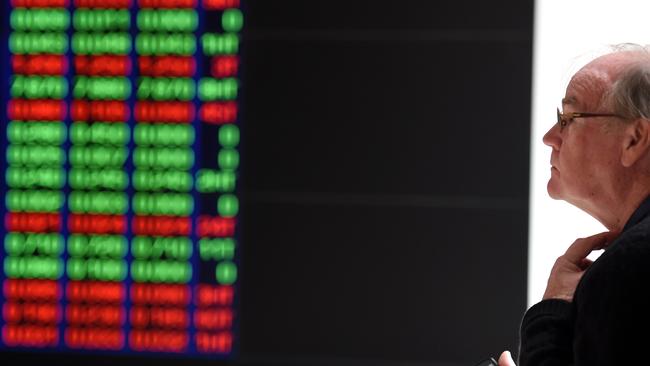
“It is not weakness in China that is driving the global sell-off. It is the fact that the US share market has run without a correction since the first quarter of 2012. That’s a very long period for the US market to go along without a breather,” he said. Despite a fall of more than six per cent for the Shanghai Composite Index in early trade, Wall Street futures are pointing to a gain of 1.5 per cent, which appears to be driving Tuesday’s local gains, Mr McCarthy said.
But, he warned, volatility remains.
“It is too early to say we are out of the woods. We might see a significant rally and a further significant sell-off,” Mr McCarthy said.
“But, at the very least, we have seen a circuit breaker in that sour sentiment, and that should see markets in this region stabilise.”
China’s uncertain outlook
Chinese stocks tumbled again today after their biggest decline in eight years while most other Asian markets rebounded from a day of heavy losses.
The mixed picture comes after a tumultuous day on Wall Street, where the Dow Jones industrial average ended down 3.6 percent after trimming much bigger losses. European markets were also hit badly. Analysts said it was unclear whether this was a sign the worst was over, or a reprieve in a longer-term bear market.
The declines in China were less severe. The Shanghai Composite Index was down 4.3 percent at 3,071.06 at midday Tuesday after falling 6.4 percent in the first minutes of trading. On Monday, it plummeted 8.5 percent.
In Tokyo, the Nikkei 225 index was up 0.9 percent at 18,702.66 in afternoon trading after dropping 4.6 percent the previous session. Hong Kong’s Hang Seng, which also lost 4.6 percent Monday, was up 1.6 percent at 21,595.74. Sydney’s S&P ASX 200 advanced 1.4 percent to 5,073.20 and Seoul’s Kospi was steady at 1,829.06 after shedding 3 percent the previous day.
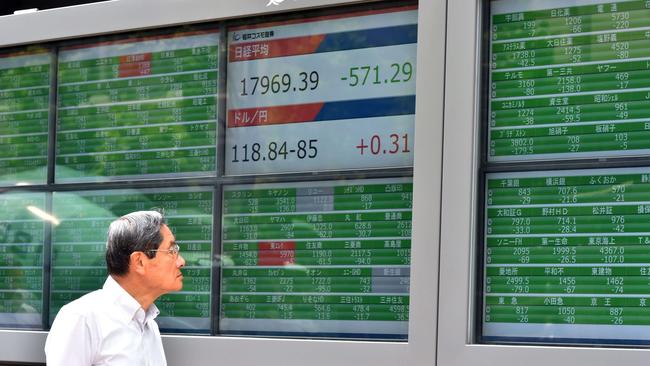
The falls in Shanghai have defied a government rescue package launched after a huge debt-fuelled rally, which saw the market rise 150 per cent in 12 months, then collapsed in mid-June.
Investors are now waiting to see if the “national team” - meaning entities buying stocks for the government - will intervene to prop up the market and if China’s central bank will further loosen monetary policy.
How Australian companies are faring
Among the banks, Westpac gained $1.45, or 4.9 per cent, to $30.90, National Australia Bank climbed $1.38, or 4.6 per cent, to $31.09, ANZ gained $1.08, or four per cent, to $27.99 and Commonwealth Bank was $2.61 higher, or 3.6 per cent, at $75.08. Rio Tinto and BHP lifted, prior to BHP reporting a sharp drop in full year profit, while Fortescue Metals soared 18 cents, or 11 per cent, to $1.815.
Telstra was five cents weaker at $5.83 after paying out its final dividend for the 2014/15 year.
Health products maker Blackmores jumped $6.04, or 7.2 per cent, to $90.44 after it posted a record annual profit.
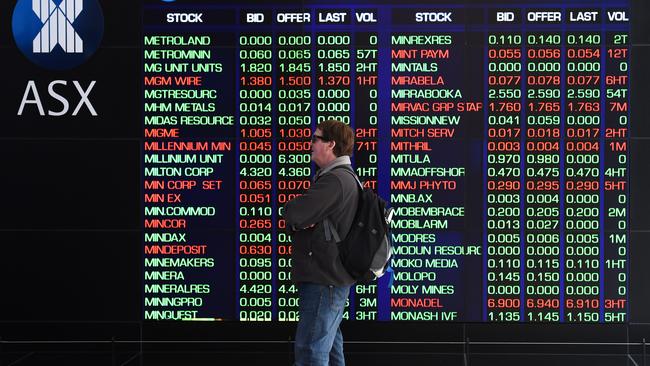
Further expert analysis
optionsXpress analyst Ben Le Brun said local buyers were doing their best to snap up a bargain today.
“It’s not as bad as we were anticipating first thing this morning, that’s for sure,” he said.
“The banks are outperforming the broader market so there might be some detectable signs that investors are willing to step up the the plate.” He warned things could change quickly when China opens.
“Things can turn and things can change so we want to see the open of their market and digest how their market performs today,” he said.
“We’re still down, but we’re not having a second day of vicious selling that we might have anticipated.”
CMC chief market strategist Michael McCarthy said Australian investors were in for another torrid day of selling after share prices were slaughtered in overnight trading.
“The drivers of the selling are not simple. Some analysts are pointing to a stronger USD threatening fragile emerging market economies, others point to weaker China manufacturing data and a 36 per cent fall in the Shanghai composite index,” he said.
Mr McCarthy added that the nebulous nature of the selling makes predicting a target point for markets very difficult.
Treasurer Joe Hockey calls for calm
Before the opening bell, Federal Treasurer Joe Hockey urged investors to “be calm”.
He played up Australia’s economic credentials and played down fears of slower growth in China, which has given international financial markets the jitters.
“I’m absolutely confident, absolutely confident that the fundamentals of the Australian economy and the global economy are still good,” he told Nine Network.
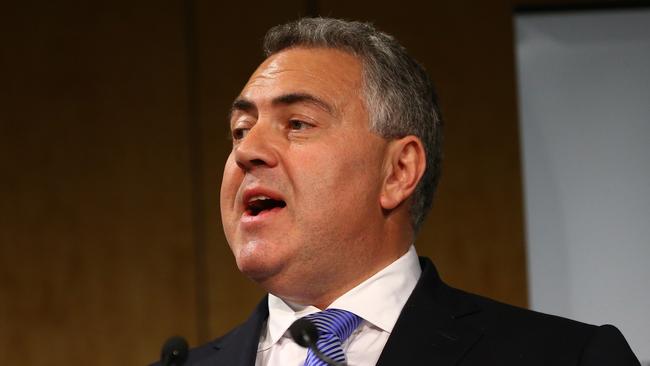
“Last week, I met with one of the most senior economic figures in China.
“He reassured us, from his lips to our ears, that China would use whatever tools it has available to make sure that it grows relatively strongly this year ... There is no doubt.”
Hockey is confident the global economy is not on the cusp of a crisis.
Rather the steep sell-off in world markets is a correction partly caused by “flighty money” resulting from low interest rates switching from stocks to bonds in anticipation of the US Federal Reserve raising interest rates.
The treasurer says the global fundamentals are positive, with potential higher interest rates in the US a sign that that economy is improving, while Europe and Japan are growing.
Consumer confidence sinks
Consumer confidence has slipped slightly, driven by bleak views on economic conditions amid share market volatility.
The ANZ/Roy Morgan weekly consumer confidence index fell 0.2 per cent to 113 in the week ending August 23, after rising to a one-and-a-half-month high the previous week.
ANZ chief economist Warren Hogan said people’s views on the economic outlook for the next year are down 5.4 per cent from a year ago.
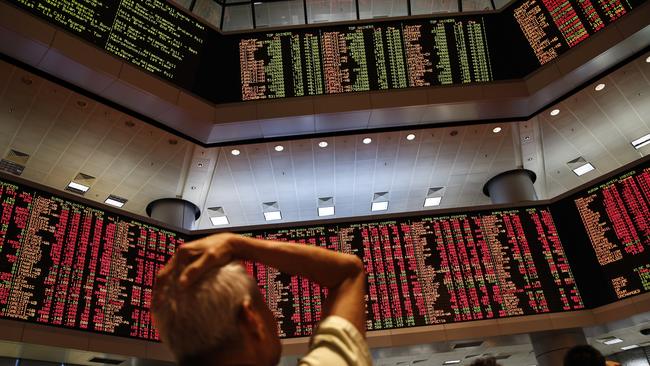
This is consistent with the Australian equity market, down seven per cent from the previous year.
Mr Hogan said the latest reading was taken before the most recent bout of market volatility, but concerns over China’s slowdown were still weighing on sentiment.
“(Now) confidence and consumer spending appear to be vulnerable to further bad news,” he said.
“Australia’s equity markets have fallen by more than 15 per cent since the peak recorded in March, with more than half that decline happening in August.”
Dow Jones takes its biggest drop since 2011
The US stock market took investors on a tumultuous ride on Monday as the Dow Jones industrial average plunged more than 1000 points within its first minutes, renewing fears that the world is on the cusp of another global financial crisis.
US stocks regained much of its lost ground as Monday wore on, seeing a fall of 3.55 per cent by the close of trading. But the slump — part of a global wave of selling triggered by the slowdown in China — reflected anxiety among investors over where to put their money when the world’s second-largest economy is in a slide.
“What’s a company that’s doing business with China actually worth right now? When you’re not sure, you tend to sell,” said JJ Kinahan, TD Ameritrade’s chief strategist.
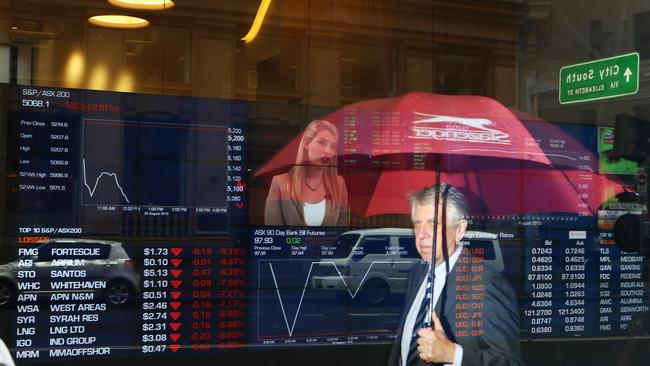
The S&P 500 index also fell sharply shortly after the opening bell, entering “correction” territory — Wall Street jargon for a drop of 10 per cent or more from a recent peak. The last market correction was nearly four years ago.
US treasury securities surged as investors bought less risky assets. Oil prices fell. But investors also saw opportunity, moving fast and early to snap up some bargains. That helped trim some of the market’s earlier losses.
The Dow Jones finished with a fall of 588 points, while the broadbased S&P 500 plunged 3.93 per cent and the tech-rich Nasdaq Composite Index tumbled 3.82 per cent. These, together with the Dow Jones, are all down for the year.
“There is a lot of fear in the markets,” said Bernard Aw, market strategist at IG.
The sell-off triggered worries in corporate boardrooms, in government capitals and among ordinary Americans young and old who have been saving for retirement or a down payment on a house.
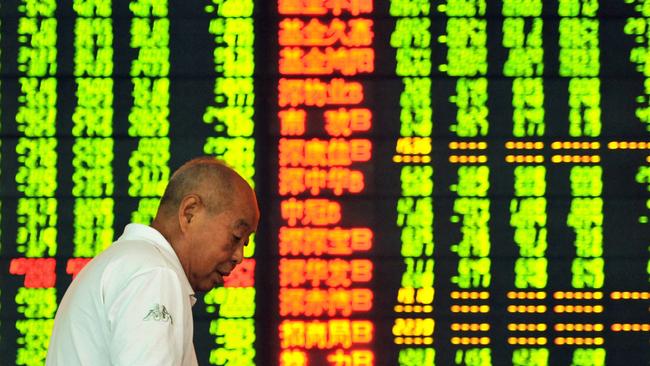
Global markets follow China’s downward lead
Heightened concern about a slowdown in China had already shaken markets around the world on Friday, driving the U.S. stock market sharply lower. The rout continued yesterday as China’s main stock index plummeted 8.5 per cent, its biggest drop since February 2007. The session was immediately dubbed ‘Black Monday’.
The Shanghai market suffered a thumping loss of all of its gains for 2015 — though it is still more than 40 per cent above its level a year ago.
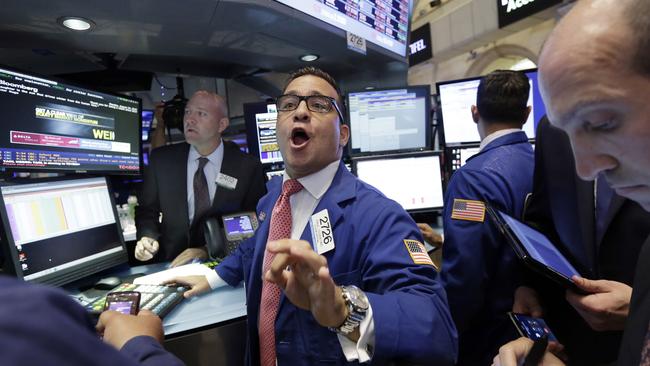
Underlying the gloom in China is the growing conviction that policymakers and regulators may lack the means to stem the losses in that nation. The country is facing a slowdown in economic growth, the banking system is short of cash and investors are pulling money out of the country, experts note.
In Europe, Germany’s DAX fell 4.7 per cent, while the CAC-40 in France slid 5.4 per cent. The FTSE 100 index of leading British shares dropped 4.7 per cent.
In Asia, Japan’s Nikkei fell 4.6 per cent, its worst one-day drop since in over two years. Hong Kong’s Hang Seng index fell 5.2 per cent and South Korea’s Kospi lost 2.5 per cent.



